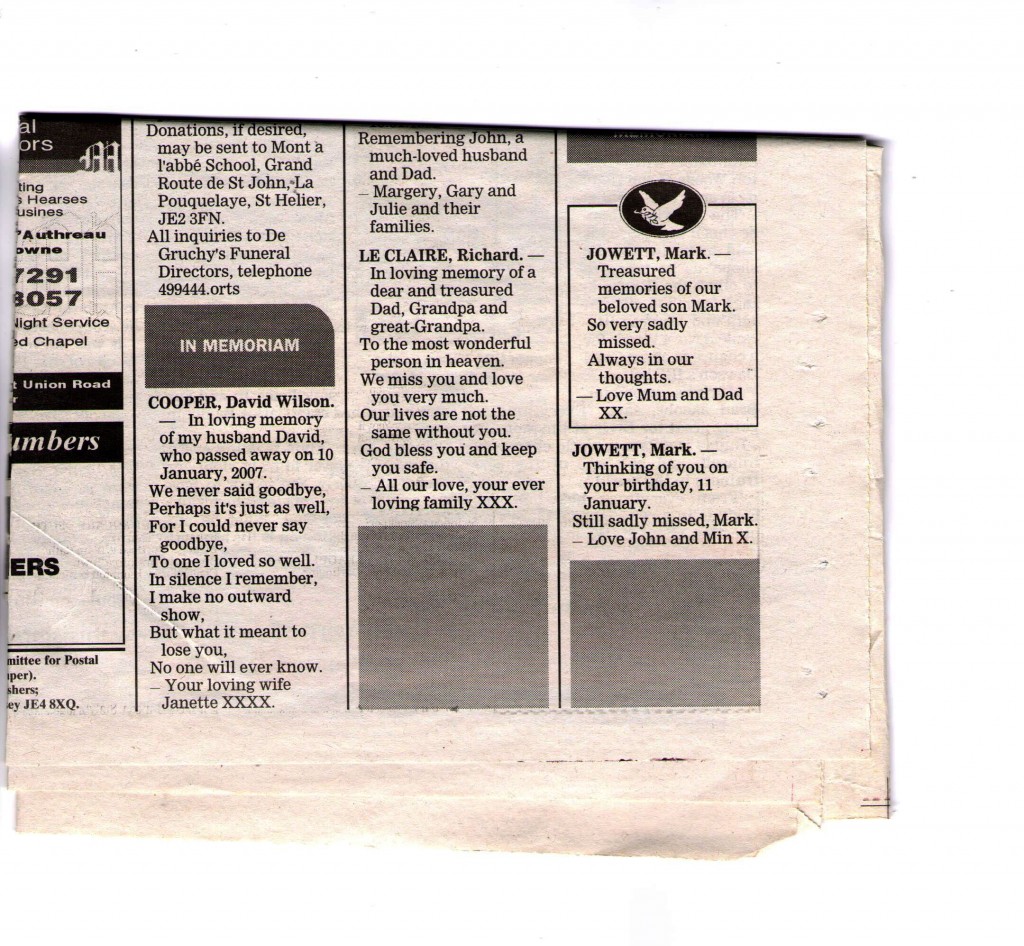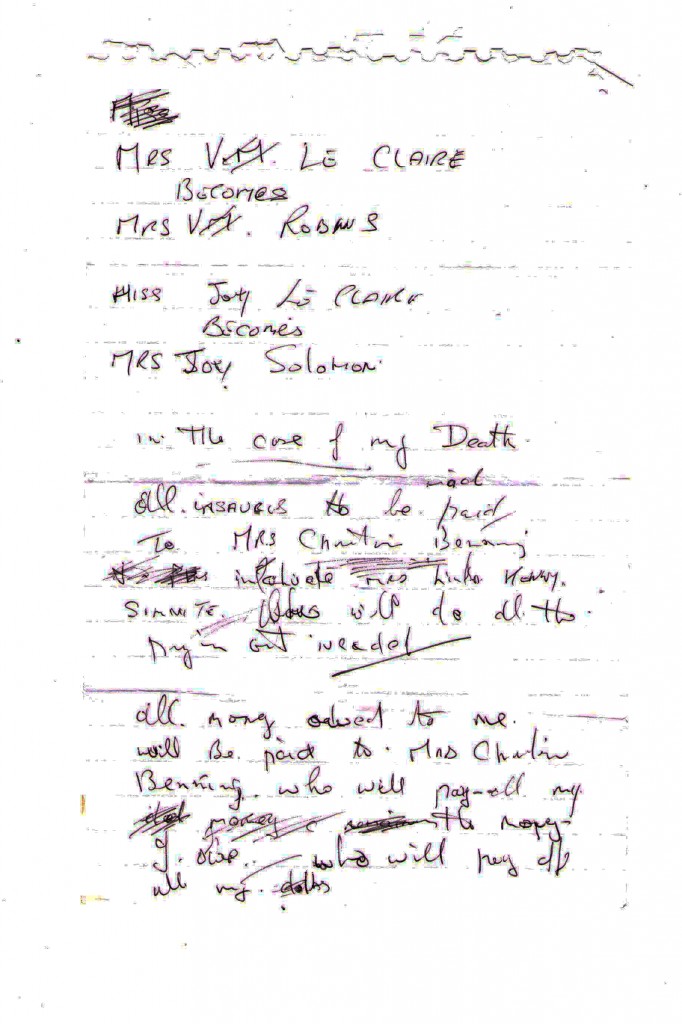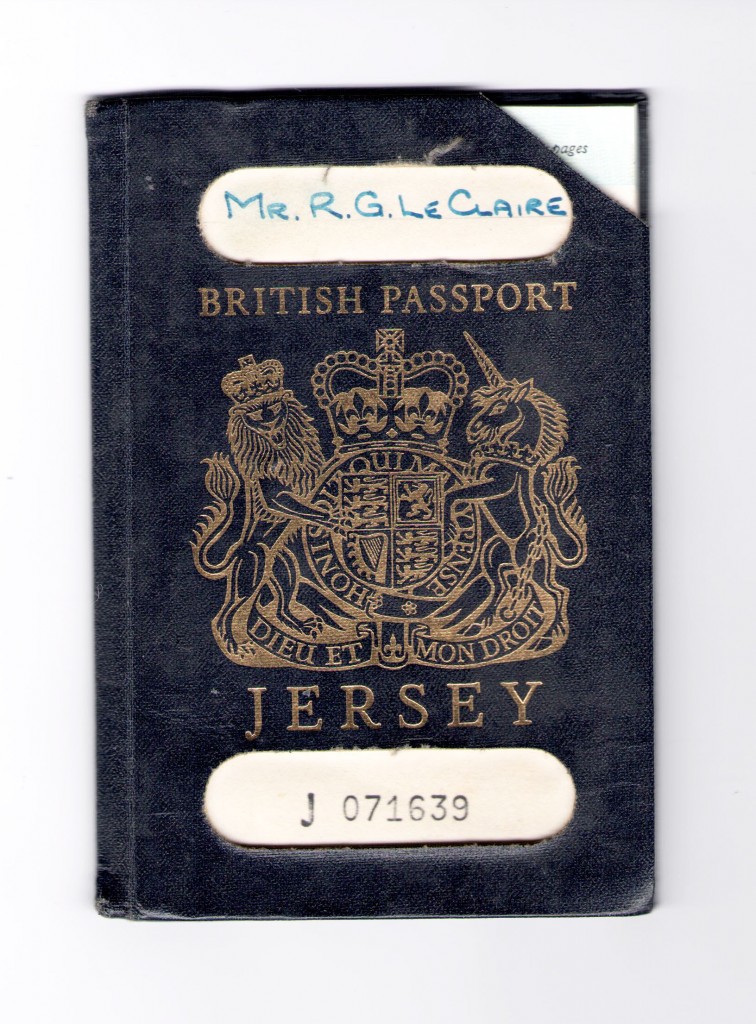How is the work of Corrine Day and Phillip Toledano autobiographical?
“Good friends make you face the truth about yourself and you do the same for them, as painful, or as pleasurable, as the truth may be.” – Corinne Day, Diary, 2000
An autobiography is an account of the life of a person written by that person. In other words, it is the story that a person wrote about themselves. In this essay I will be evaluating the work and reputations of Corinne Day and Phil Toledano, and how their work has an autobiographical element. Phillip Toledano has many projects of photography based work. However the project that attracted me the most was his work from which he produced a photo book – When I Was Six. This book is a very moving book, it draws you in with confusion and intriguing elements. When Toledano was six, his sister died. His family never talked of her again. But when his parents died, Toledano discovered a box in the back of their wardrobe. It was full of Claudias belongings, and of pictures they had taken of her. The box had been untouched for years and was made by Toledanos parents in Claudias memory. From this discovery sprouted and idea, a year elapsed between his discovery of Claudias belongings and finding the strength to begin When I Was Six. “It was almost hilariously miserable,” he says. “I’d take a picture, then I’d start crying. I’d go to sleep and then wake up, take some more pictures, and start crying again. It was just so exhausting, on a molecular level.” He eventually created a photography book called “When i was 6” – he was 6 when she died and he tried to remember memories of her and also things he was interested in in that period of his life.
“When I saw the pictures, she seemed so grown up, and that was so shocking to me, she was a real person. I guess it’s easy to think you’ve lost a baby than you’ve lost a person.” – Phillip Toledano
Toledano photographed multiple items of the box’ contents, These created beautiful images that draw you in with interest and contrasting lights. This work quickly started to become and show autobiographical elements by a documentation of Claudias belongings. Creating an untold story that the Toledano parents had withheld from Phillip for years. Some of the images i find extremely interesting, also the idea that these belongings of a sister Toledano has very little remembrance of intrigues me. What does he remember? what doesn’t he know? I love the way these images have been taken and presented aswell. A typical presentation would be just flat on a table and taken from a birds eye view. Toledano changed this and made the images of the objects interesting aswell, by using natural lights to create contrasting shadows and propping the objects up aswell as piling things up to increased perceived quantity but letting the eye only see the most interesting one. However the contrasting and strong natural light with created shadows makes the images look moody and mysterious, this I feel sets a great theme for the book. Some of the best images from this piece of work, I feel are the images of a lock of Claudias hair, a ceramic pig in a box and a pencil. Although these images may not seem or sound very interesting, I feel that they are some of the best in the book. The lock of Claudias hair is one of my favorite images, this is due to the whole aura and feel of the image. The color of the hair makes you try to imagine, what she looked like? How long was her hair? questions that we dont know the answer to by just perceiving this image. The hair represents the last piece of claudias body in this world, this whole concept is extremely creepy to me. Due to this exact creep and discomfort it has pushed this image to be one of my favorite. Another interesting image would be of claudias pencil. This photograph is very simple, this simplicity is what makes it great. The pencil is shown as half in the light and half in darkness, giving the photograph a moody and mysterious affect. Yet again the sheer simplicity of the image is one of its best characteristics, focusing the eye on the pencil and light contrasts alone. This type of image makes you wonder what the pencil was used for? Where is the text/pictures Claudia wrote/drew now? Are they inside the box aswell? Trying to imagine how her small hands and fingertips clasped round this pencil looked is the first thing which comes to mind for me when I see this image. Toledano seemed to do this with the majority of the images by making you question what the image represents and how does it make you feel? The majority of Toledanos images force your mind to wonder. Toledano also does this with the quotes shown in the beginning of the book – “I have only two memories of my sister,” he writes in the opening jet-black pages of the book. “Kicking the door of her room, screaming, ‘I wish you were dead!’ and on the day of Claudias death “Two policeman at our door, tall and official. Telling us there had been an accident…”. These quotes only bring a feel of complete heartbreak and regret. The emotions Toledano must has felt and is feeling for saying these terrible things to his sister must be horrific. The book twists and turns throughout, jumping focus from Claudia to Phillip. This is done by Toledano threading another, more impressionist, narrative through the book, evoking another vast, empty world into which he escaped in his sisters absence: a world of space travel, distant planets and far-flung galaxies – places that seemed impossible to reach and understand.
The work of Phillip Toledano has links to the work of Corrine Day – Diary, due to both of their autobiographical elements. These elements are thing such as documentations of lives and possessions, creating autobiographys for the piece of work it links to. For example, Corrine Days work for her photography book ‘Diary’.
Corinne Day is a British photographer whose influence on the style and perception of photography in the early 1990s has been immense. As a self taught photographer, Day brought a more hard edged documentary look to fashion image making, in which she often included biographical and raw edgy elements. Her best work, is in the photography book which is called ‘Diary’. The book is a collection of photographs spanning ten years of Corinne Days life. Focusing on many characters within her life, but mainly of ‘Tara’. Tara seems to be Days best friend and some of the photographs of her are really heart wrenching. “tara crying at home stoknewington 1999” is a photograph that really moves me. She’s looking straight into the camera smoking a rollup and everything about her face tells you she’s probably only on a two-second break from bursting back into tears. Throughout the book you’ve got some shockers in there from bloody knickers on the floor of an apartment to a nice looking guy in a cozy cardigan shooting up. You have Day herself smoking heroin and touching herself in bed and much more of the same theme. Some of Days best work within the book I feel are the images shown on this page. These images are very strong and moving images. For example, The image show at the top of this page – “Tara crying at home stokenewington 1999” is one of my favorite, as described on the previous page as a hysterical smoking session. The photograph of Tara pregnant is a gentle break from all the heroin and nudity to a simple shot of Tara in the reflection of a mirror, admiring her pregnant self. This image is a very strong one due to its sheer simplicity and gentle feel. The casting white light from the window brightens and lightens the image giving it a clean perception. The photography to the right of pregnant Tara is called “Tara wales 1997”, this image makes me smile because you can see for a change Taras sheer happiness and playful side. Kneeling on the floor wrapped in tinsel and what appears to be laughing, this image is yet again a playful and fun change to the hardcore drug seen shown throughout the majority of the book. Below is another photograph of Tara crying. Red faced and blotchy she is yet again crying hysterically over something that once again we do not know the reason. Throughout the book to counter these photos, you see Tara doing things like emptying the baby pool looking all purposeful and busy, covered in mud in the garden smiling having a smoke. They all have a kind of homely quality to them. Due to the way in which you are introduced to Tara, you may find that these photos genuinely make you smile for her, which gives you an inkling of how pulled into these peoples’ lives you suddenly find yourself. Halfway through the book you get slapped in the face with an image of Day sitting on a bed picking her nails and trying not to cry, the title is “Me after the doctor told me I had a brain tumor Bellvue Hospital New York 1996”. This image stops you in your tracks and you heart sinks but as you go on, you see her go down for surgery, recovering, being visited in hospital by her family, Mark and Tara. You feel genuinely relieved that your storyteller is ok and well enough to carry on the story
My own work is also similar to both of these photographers, and to showing an autobiographical element of my own life through my images and documentations. For this piece of work I decided on an idea called ‘The Box’, This idea comes from a ‘special box’ that I was given when i was born. This is why I linked my work to the work of Phillip Toledano because we both have the advantage of having a sort of ‘autobiographical box’. My sister was also given an identical one also. Throughout our lives, my mother has collected things from our childhood that have been of significant memory and has put them in the box. These things range from baby scans of us inside my mother, hospital bands from the day we were born, our first shoes, presents we were given as children and much much more. These objects in these boxes have become very special to us, and are restricted and hidden in chosen places in our bedrooms. My parents, particularly my mother doesn’t like anyone who is not family looking at these boxes, I’m unsure of the reason why but I
assume privacy reasons. I feel this relates me to Toledano as only I could tell this story as all of the objects in the box have sentimental value and memories related to them that nobody would understand apart from me, aswell as Toledano having the same situation presented in front of him when his parents died and he found Claudias box. I also decided link my project of work to another photographer Corinne Day her project Diary. For these images I tried to recreate similar images to Toledanos work in ‘When I was Six’. I was very pleased with how the images turned out. I also tied in a set of Corinne Days Diary inspired images that I have taken over the past year. These images are similarly linked to Corinne Days work in Diary because they are all based and taken in a party scene. The images I have taken over the past year have been at events such as festivals, parties and trips to town. These images are autobiographical because they are snapshots from my life taken by me. This therefore creates a link between my work, Corinne Day & Phillip Toledanos work. We all have links to eachothers pieces of work, perceptual similarities aswell as previously spoken autobiographical images. We all had the same bases and idea of documentation of something, an inspiration to tell a personal story. I enjoyed conducting this project because I discovered things that I wouldn’t have if I hadn’t conducted and perused it. I have grown to love Corinne Days Diary because The way she has created the book it feels as though you are apart of her community of friends and when the book finishes you miss all the characters and you read it again. Her work has also taught me to appreciate my friends more and all that they do for me. My favorite quote from Corinne Day is shown below, the work of Phillip Toledano has taught me to refrain from saying such awful things to my sister and to collect and treasure more items that I could add to my box that my mother has made for me.











